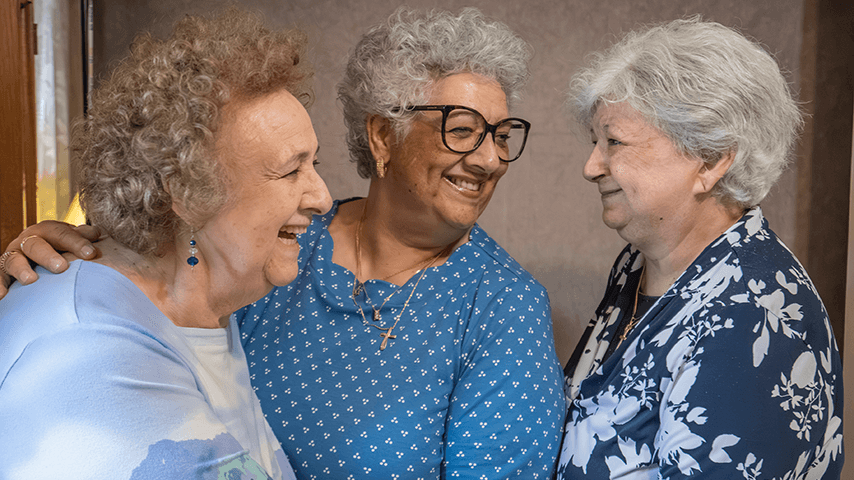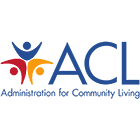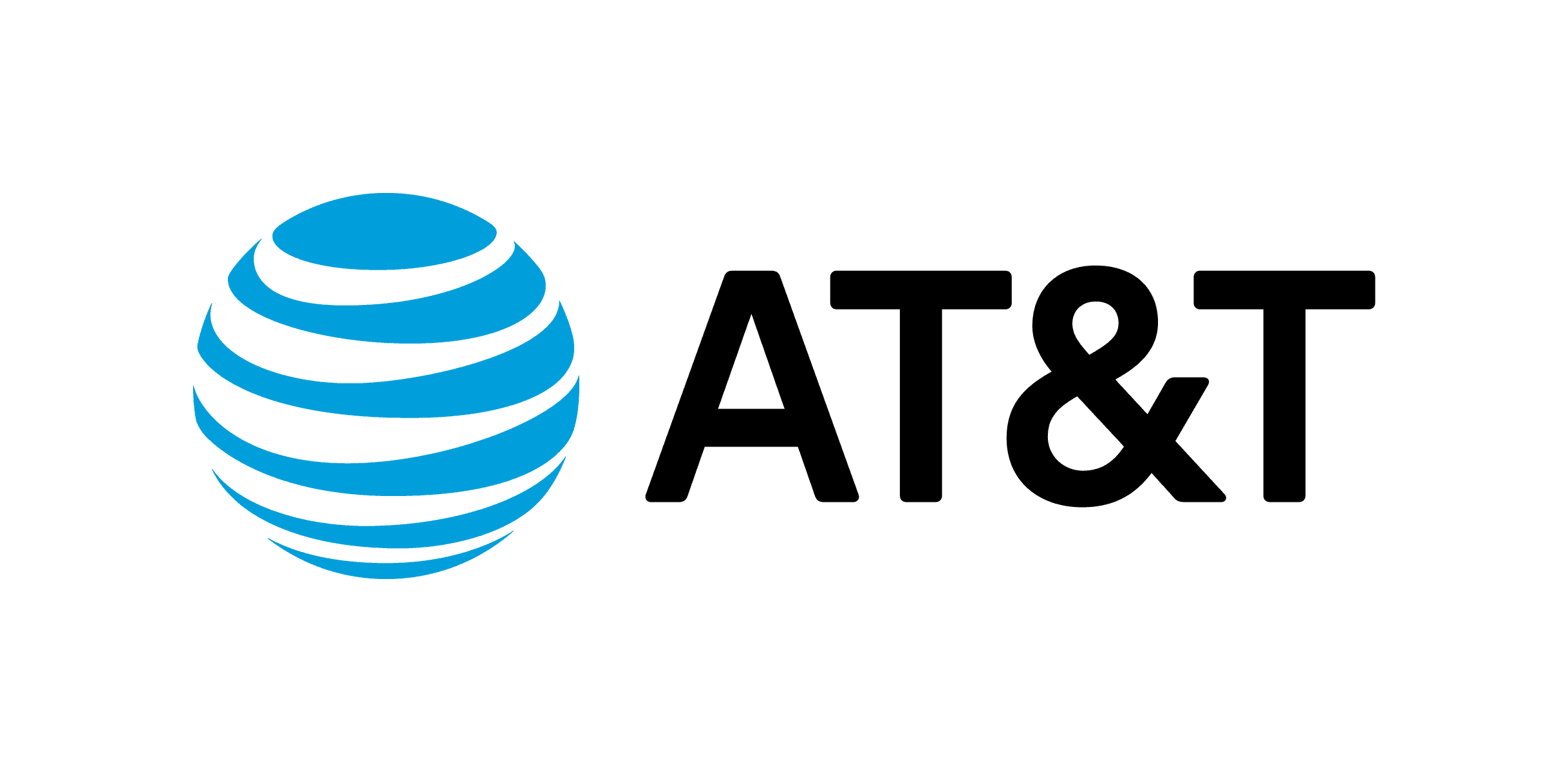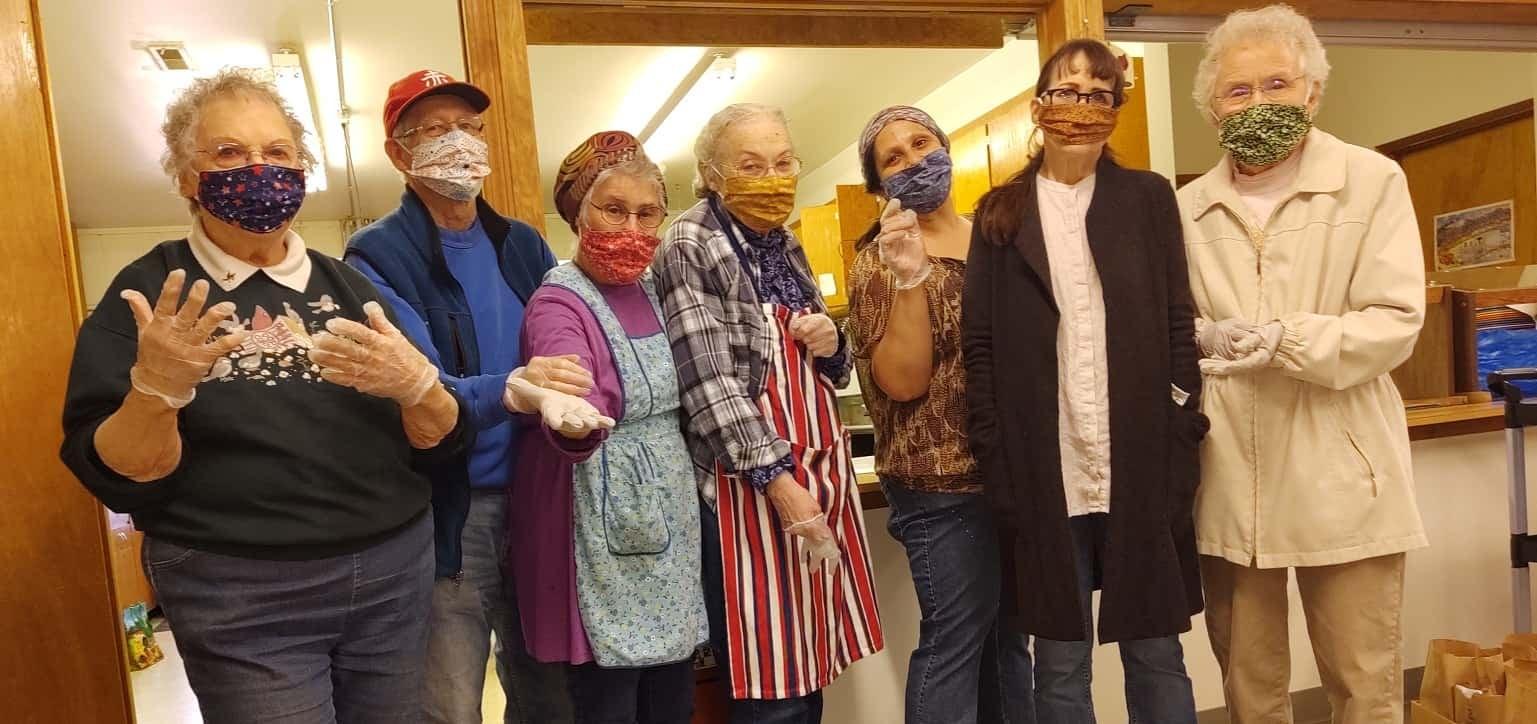Center for Economic Well-Being Updates

Thank You to Our Center for Economic Well-Being Funders
Getting to Know MIPPA, BECs, and SNAP
Understanding Benefits Participation in Your Area
NCOA's new tool shows participation rates for older adults enrolled in the Supplemental Nutrition Assistance Program (SNAP), Medicare Savings Programs (MSP), and Supplemental Security Income (SSI). Get started by selecting specific areas to see how they compare to national and state averages.
Advocate for MIPPA Funding
Millions of people can't afford their Medicare out-of-pocket costs. There are programs to help, but few people know about them or how to enroll. Thanks to efforts from aging network advocates, funding for the program was saved; but only until Dec. 31, 2024. After more than a decade of success, It's time to make the program permanent.
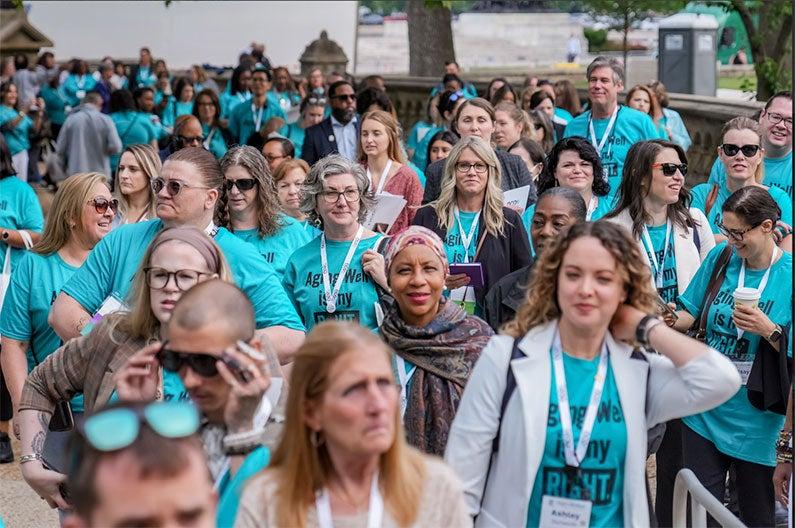
More Stories
How to Partner with Libraries for MIPPA Outreach
Jun 28, 2021

